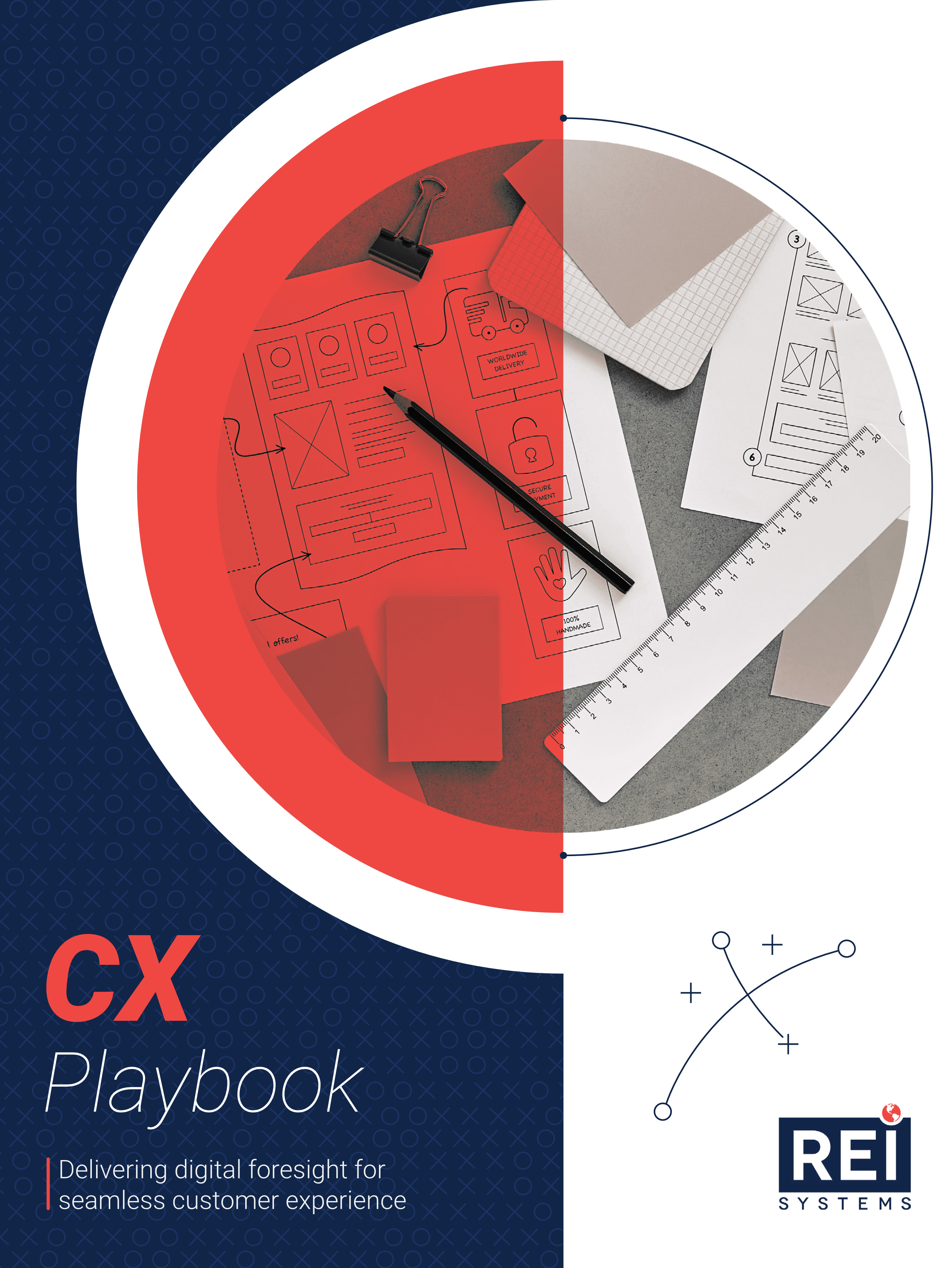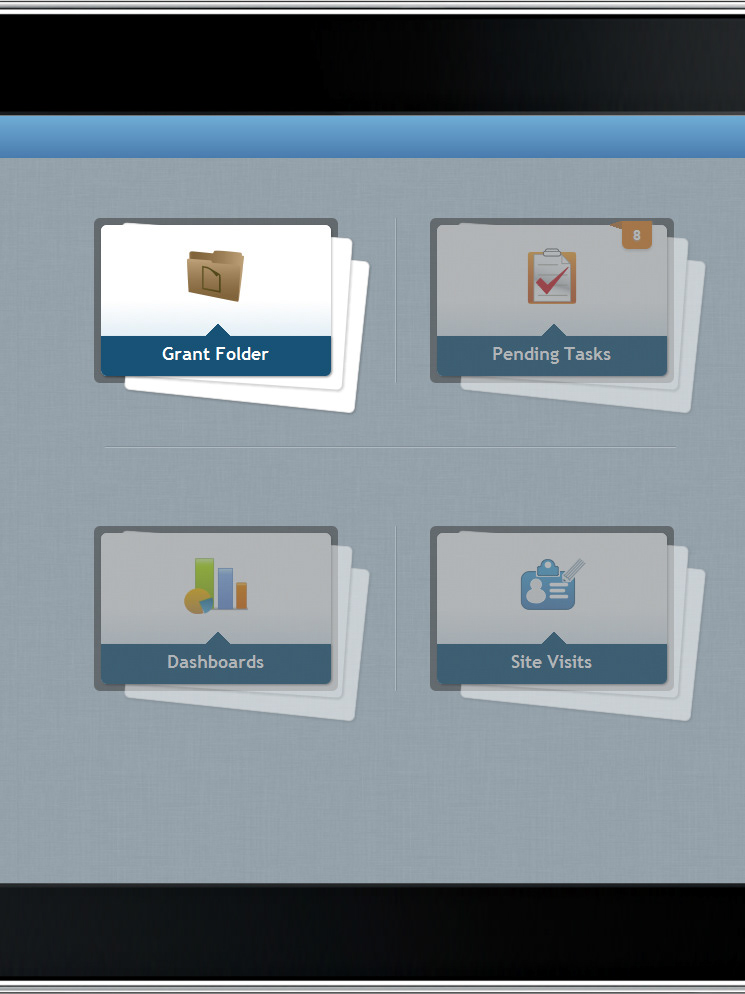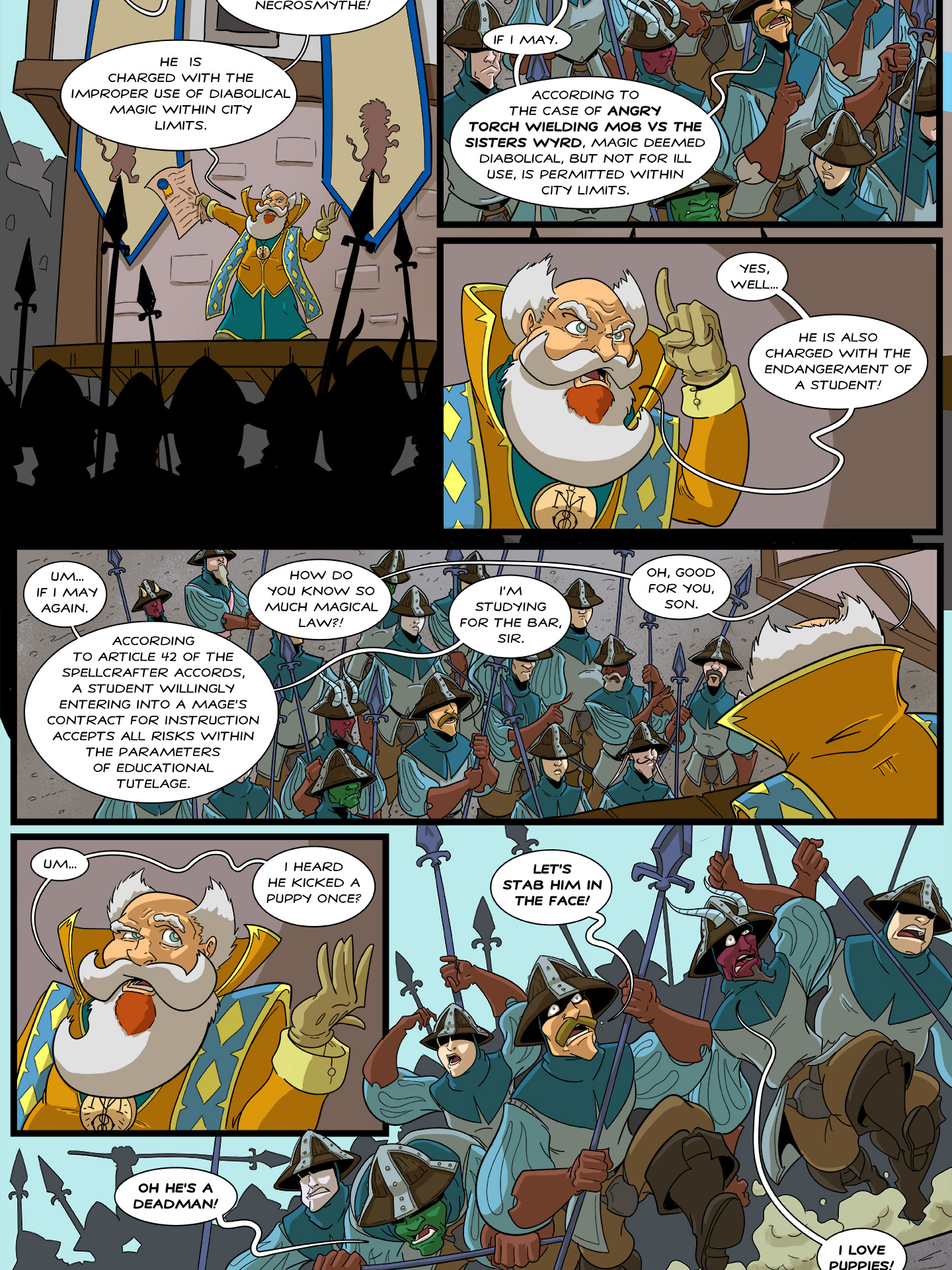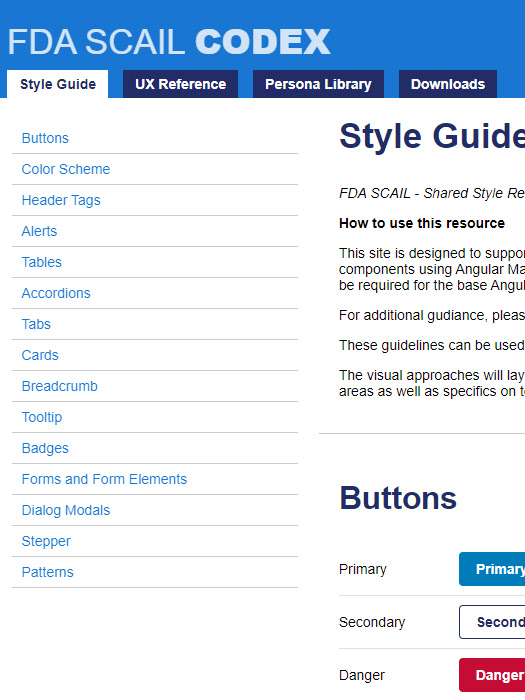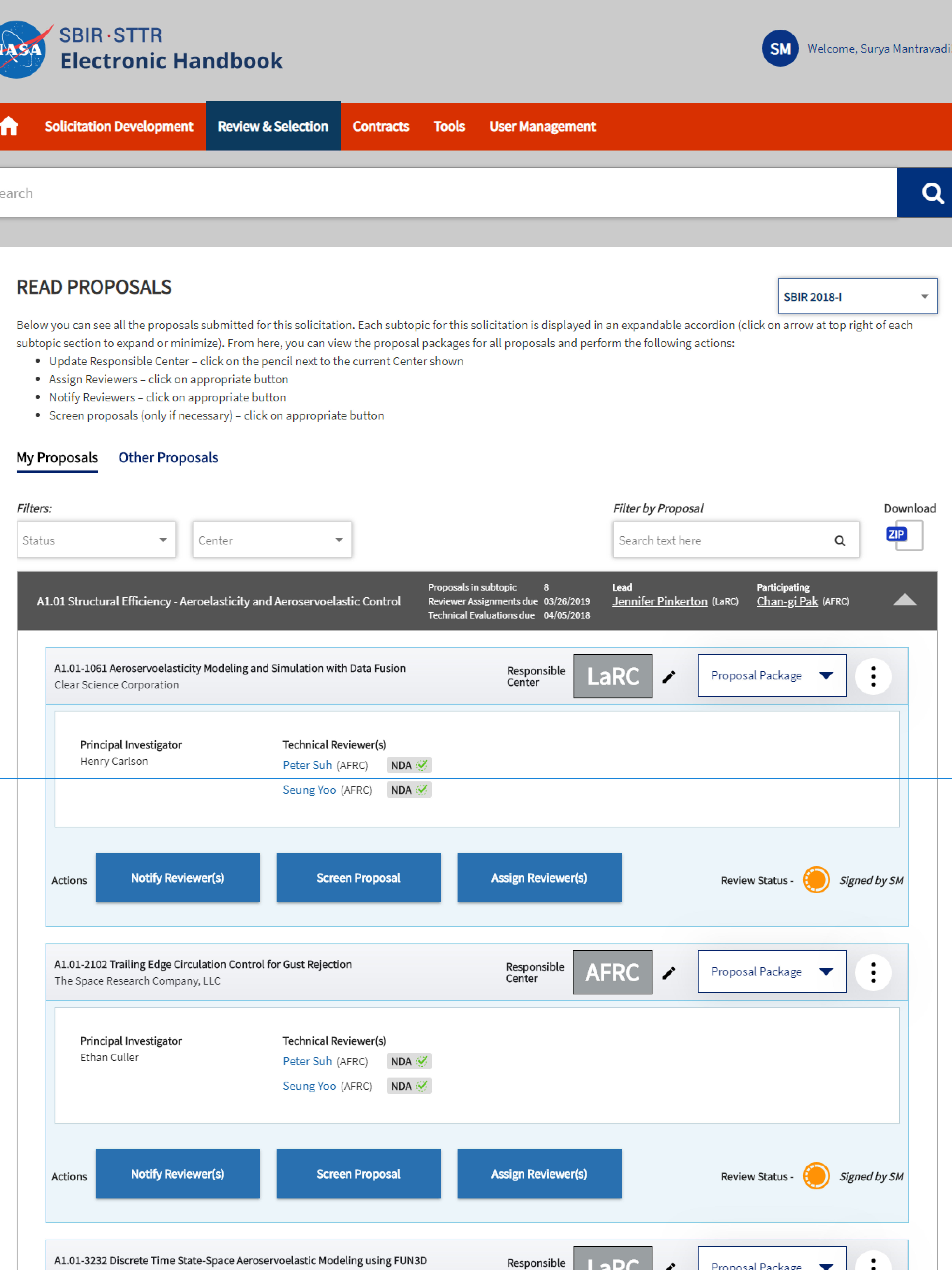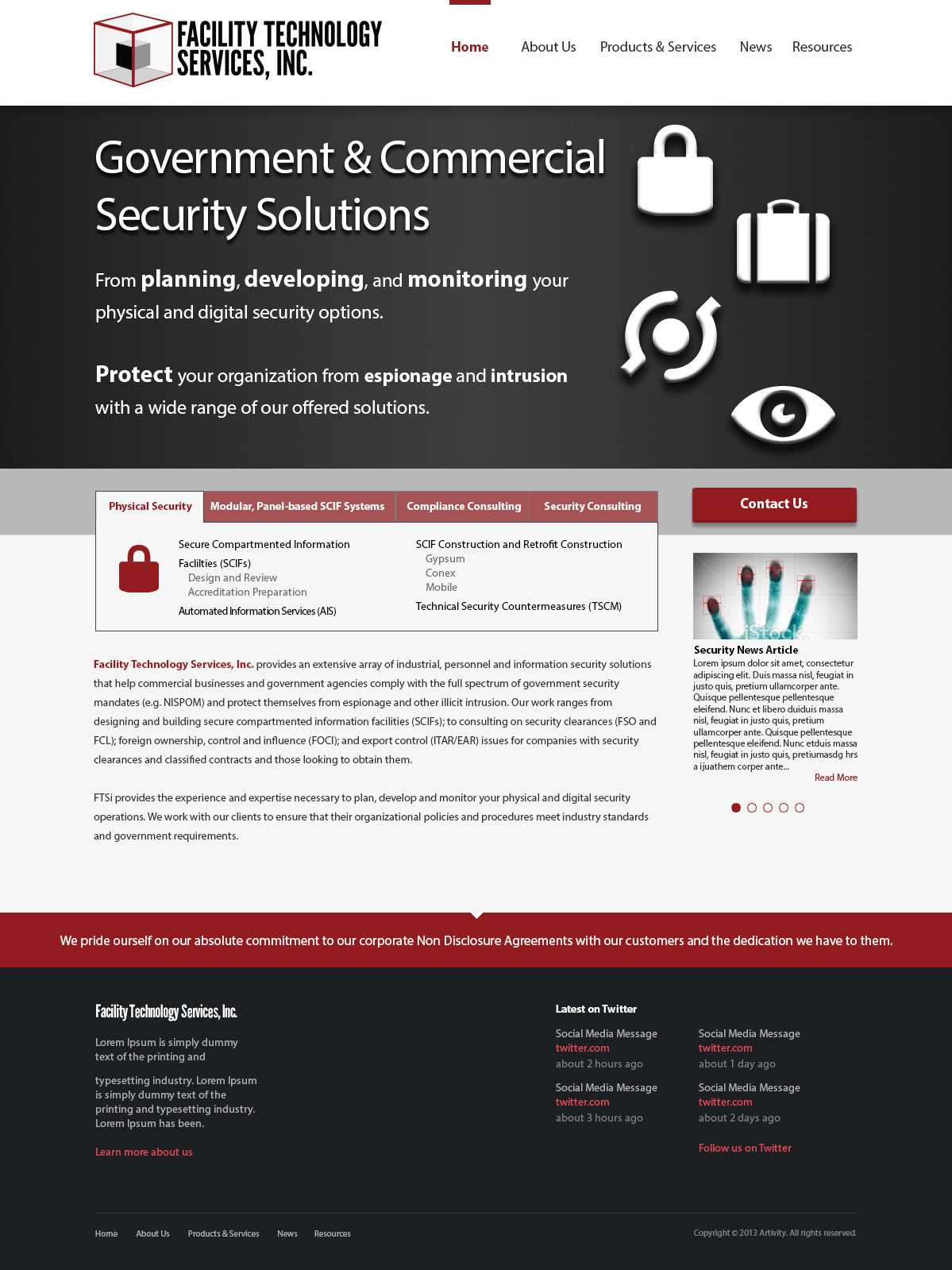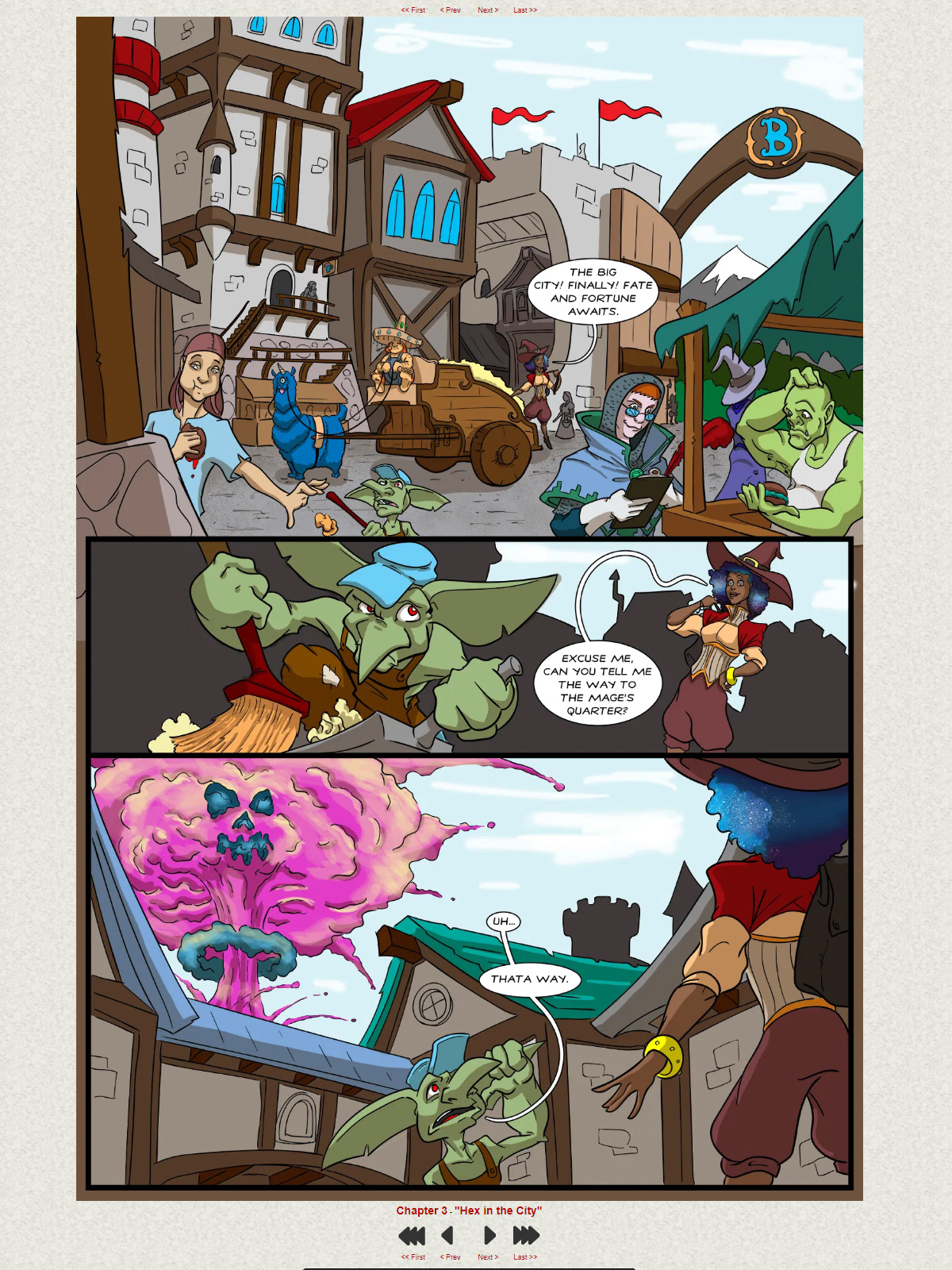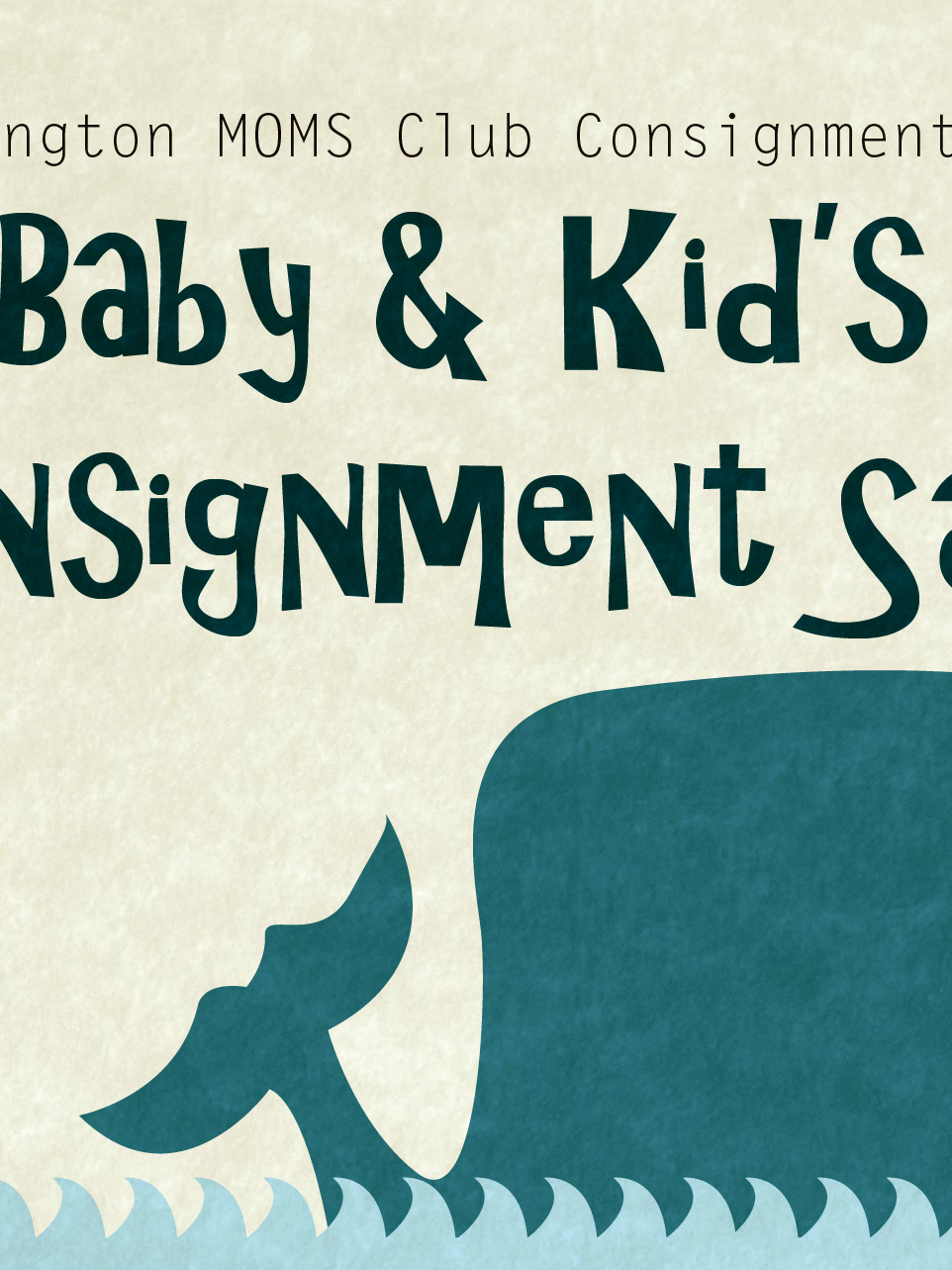Modernizing FDA Case Management in Appian
Our company won a large, multi-year contract with the FDA's Office of Regulatory Administration. This involved a platform with many separate applications and stakeholders. This assignment was with the Office of Criminal Investigations and their legacy case management application.
The Challenge
Our client relied on an outdated, internally built platform to manage case information. This legacy system, decades old, lacked user-friendliness and modern design principles, hindering user experience. FDA initiatives mandated a transition to Appian, a low-code platform, to improve scalability, accelerate development, and future-proof the technology.
Key Objectives
Conduct user research to understand personas and tasks.
Enhance user experience through improved navigation, information hierarchy, data availability, and case management.
Establish a methodology for interconnecting records within the application.
Document user needs, requirements, and personas to guide the design process.
Create wireframes, mockups, and prototypes to demonstrate the new approach and gather feedback.
Develop a reusable and scalable design system applicable beyond the initial application.
Research & Stakeholder Engagement
We conducted qualitative research through user interviews, focus groups, and stakeholder meetings. This involved administrators, investigators, supervisors, and field personnel. We identified two primary user personas.
Stakeholders actively collaborated, providing access to users and facilitating communication. Transparency was crucial, as previous modernization attempts had failed. Each design artifact was presented to the relevant user groups for validation, fostering trust and confidence.
One of the primary personas based on user research gathered.
Design Process
To ensure a smooth transition, we carefully considered existing data relationships and user hierarchies.
Task Flow Diagrams: We created task flow diagrams to map user journeys, identifying pages, actions, and decisions. This streamlined wireframing and mockup creation, providing a shared understanding of user flows and functionality placement.
Part of a Task Flow Diagram for creating a Referral. This diagram maps user actions (circles), screens or pages (squares), and decisions (diamonds). Outlined circles represent the beginning or end of a task depending on the actions taken by the user during the task.
Wireframing & Mockups: Wireframes were developed and reviewed by stakeholders. Approved wireframes informed user stories for the Agile development process. Mockups were designed using Axure RP 10, incorporating FDA branding guidelines and establishing a reusable design system within the Appian framework.
Prototyping & Iteration: Prototypes were used for usability testing and feedback gathering. Iterations were made based on user feedback, and prototypes were shared with developers to demonstrate functionality.
Key Features
Improved navigation, information hierarchy, and intuitive interface controls.
Enhanced case record search and management.
Increased efficiency through reduced task completion times.
Centralized core functions on a single platform with consistent UI patterns.
New features: Case record PDF exports, robust reporting, bulk record uploads, and email notifications.
Outcomes & Impact
The modernized application offers a cleaner, more modern interface with improved data organization and case management. Enhanced reporting capabilities and streamlined user management significantly improve efficiency and save time for FDA staff.
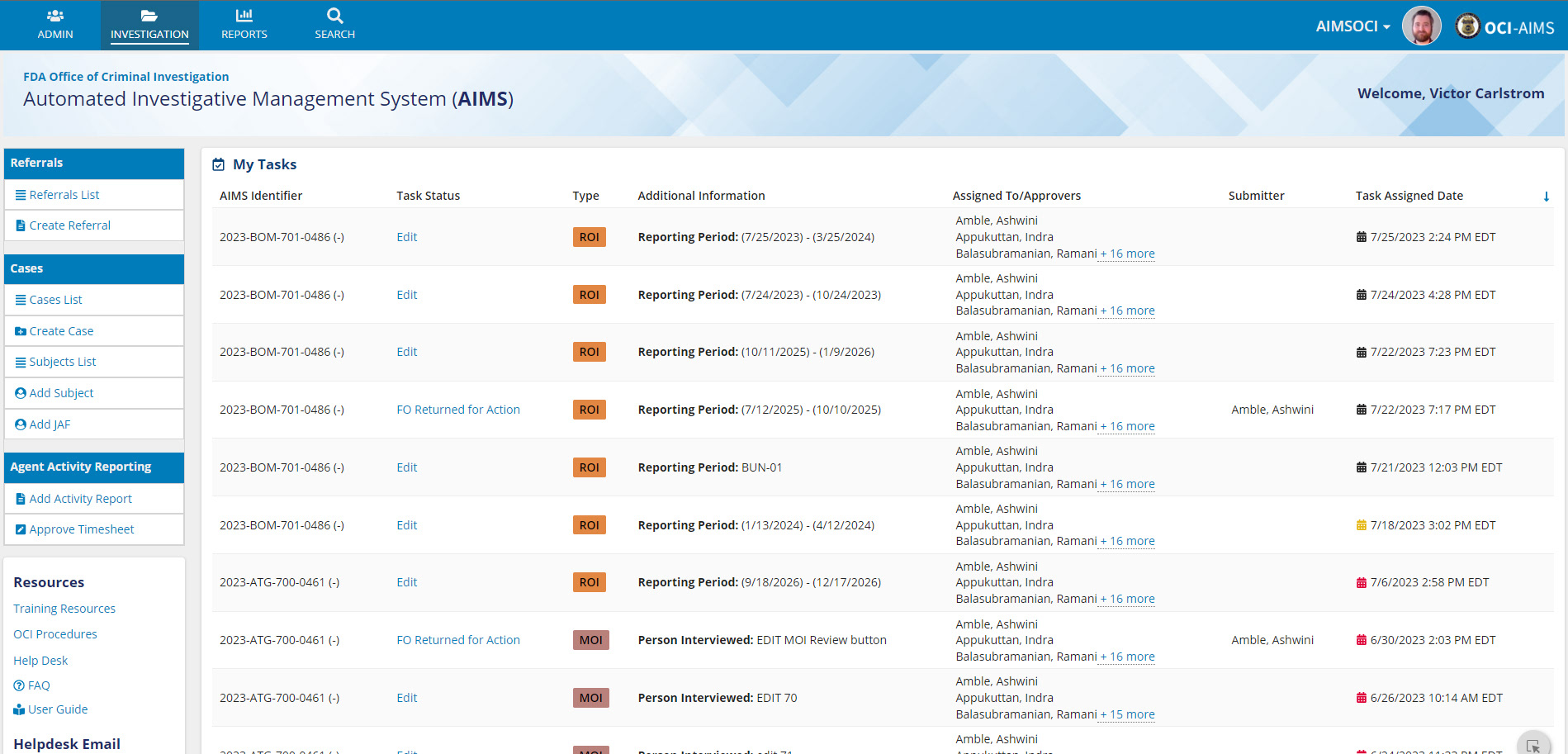
Investigator Landing Page

Record Listing Page
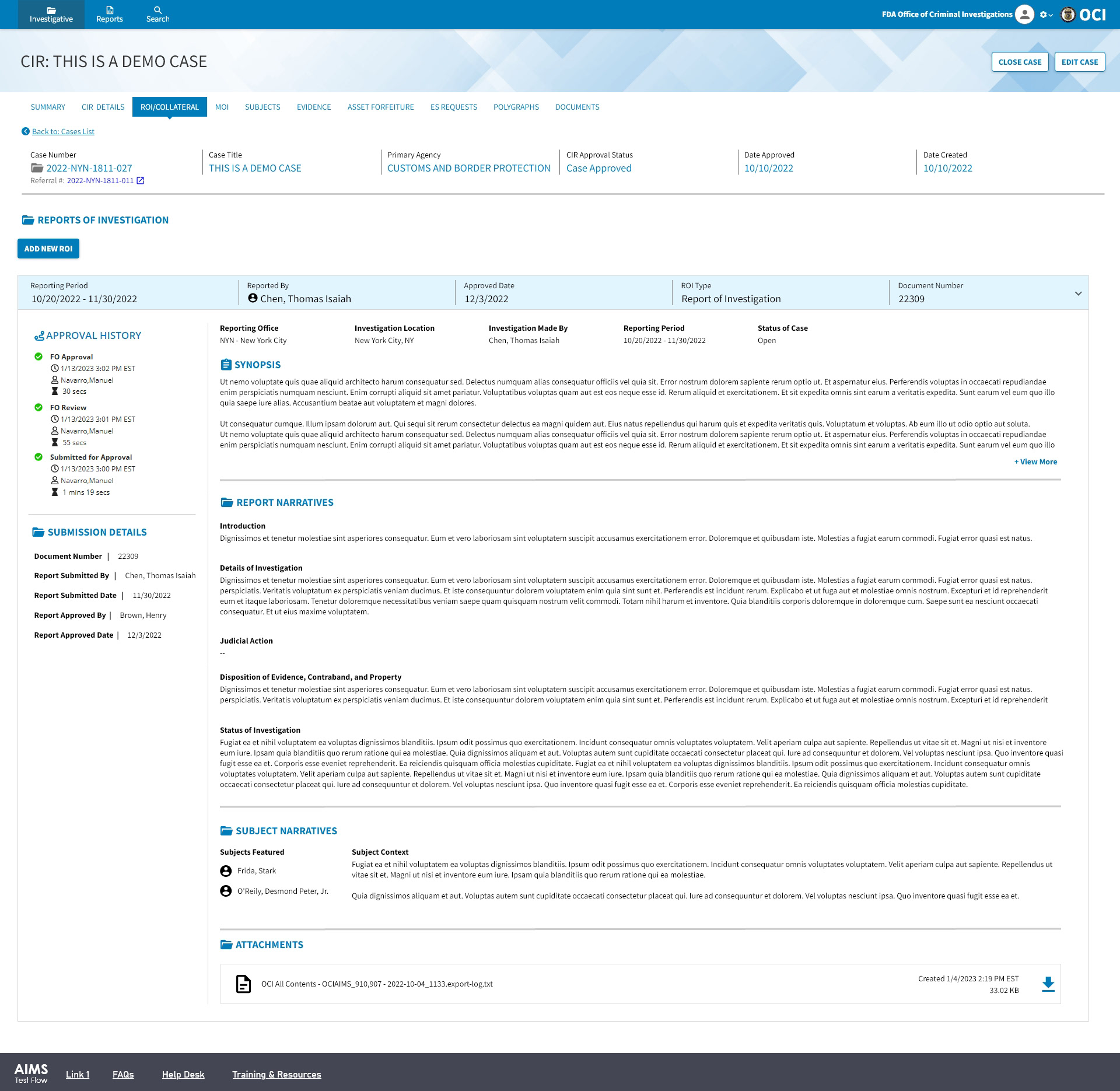
Viewing a Case Record with Connected Records
Challenges & Reflections
Appian Limitations: Navigating Appian's UI restrictions required careful planning and collaboration.
Change Management: Comprehensive training and support materials will be crucial for user adoption.
Project Scope: The application's extensive features required meticulous planning and coordination.
Key Learnings
Strong stakeholder relationships are crucial for successful project outcomes.
Establishing a reusable design system within Appian promotes UI consistency across applications.
User-centered design approaches, such as extensive user research and iterative prototyping, are essential for successful application modernization.
